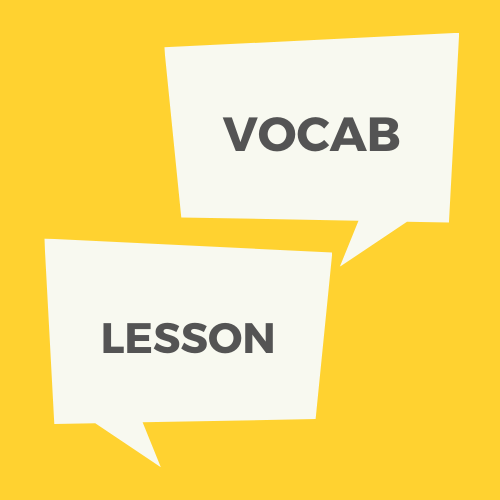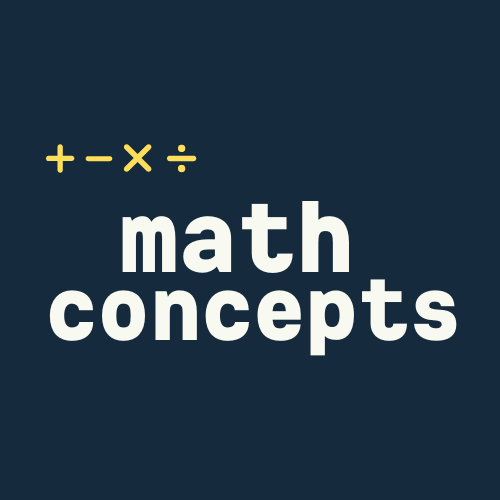Motion & Force
Learn about the forces of push and pull
Overview
Learn about the forces of push and pull by performing actions common to a lifestyle in ancient Hawaiʻi. Play with palaʻie, a Native Hawaiian ball and hoop game, to learn about applying forces of push and pull. Play makahiki games to experiences forces of push and pull, then count by 10’s to add up their prizes.
Materials
Goals
Objectives
Common Core State Standards
Next Generation Science Standards
Materials
Vocabulary Lesson
-
-
Computer or other device with internet + speakers
-
Math Concepts Lesson
-
- Computer or other device with internet + speakers
Exploration Activity
-
- Ribs of 12 fresh green coconut leaflets*, about 28-36 inches long (you can get more than enough leaflets from one coconut frond)
- A square pieces of cloth (at least 10 inches x 10 inches)
- Newspaper
- String or yarn
- Scissors
- Optional: Small rubber bands
*In this lesson you will be making a traditional Hawaiian toy with a handle, ball and string. Traditionally the handle is made from braiding the ribs of coconut leaflets. If you do not have access to a coconut frond, you can skip braiding the handle and use one of the following household items for your handle instead. You can use a plastic mixing spoon, a mesh colander, a measuring cup, a small aquarium net, or something similar. You will just need one of these items to make your handle.
Discovery Lesson
-
- Prize Cards
- Rope
- Ribbon or sash
- Masking tape
- 2 cones or water bottles
- 2 tuna cans
Goals
- Understand the relationship between motion and force;
- Identify examples of push versus pull;
- Understand how applying different amounts of force affects motion and speed;
- Identify examples of push versus pull;
- Fluently count by 10’s to 50 (or to 100); and
- Add by 10’s.
Objectives
Learn about how objects move by forces of push and pull;
Think about ancient and modern examples of push and pull;
Repeatedly count by 10’s to 50 (or to 100) while performing an action;
Play games to learn about how objects move and stop by forces of push and pull; and
Add objects in groups of 10’s up to 50 (or to 100).
Common Core State Standards
CCSS.Math.Content.K.CC.A.1
Count to 100 by ones and by tens.
CCSS.Math.Content.K.CC.B.4Understand the relationship between numbers and quantities; connect counting to cardinality.
CCSS.Math.Content.K.CC.B.4.b
Understand that the last number name said tells the number of objects counted. The number of objects is the same regardless of their arrangement or the order in which they were counted.
CCSS.Math.Content.1.NBT.B.2.a
10 can be thought of as a bundle of ten ones — called a “ten.”
CCSS.Math.Content.1.NBT.B.2.c
The numbers 10, 20, 30, 40, 50, 60, 70, 80, 90 refer to one, two, three, four, five, six, seven, eight, or nine tens (and 0 ones).
Next Generation Science Standards
PS2.A
Forces and Motion: Pushes and pulls can have different strengths and directions.
K-PS2-1; K-PS2-2
Pushing or pulling on an object can change the speed or direction of its motion and can start or stop it.
K-PS2-1; PS3.C
Relationship Between Energy and Forces: A bigger push or pull makes things speed up or slow down more quickly.




